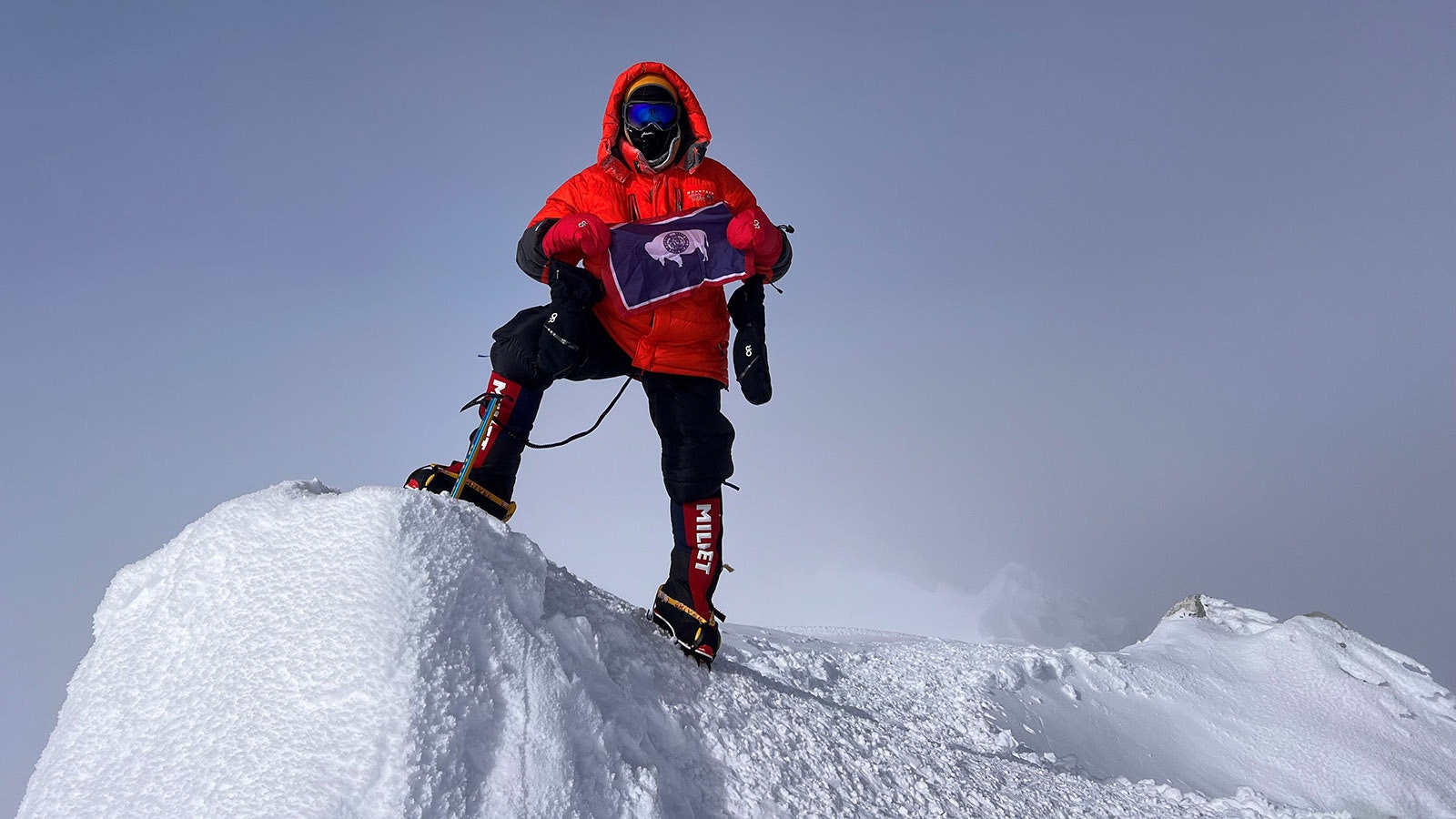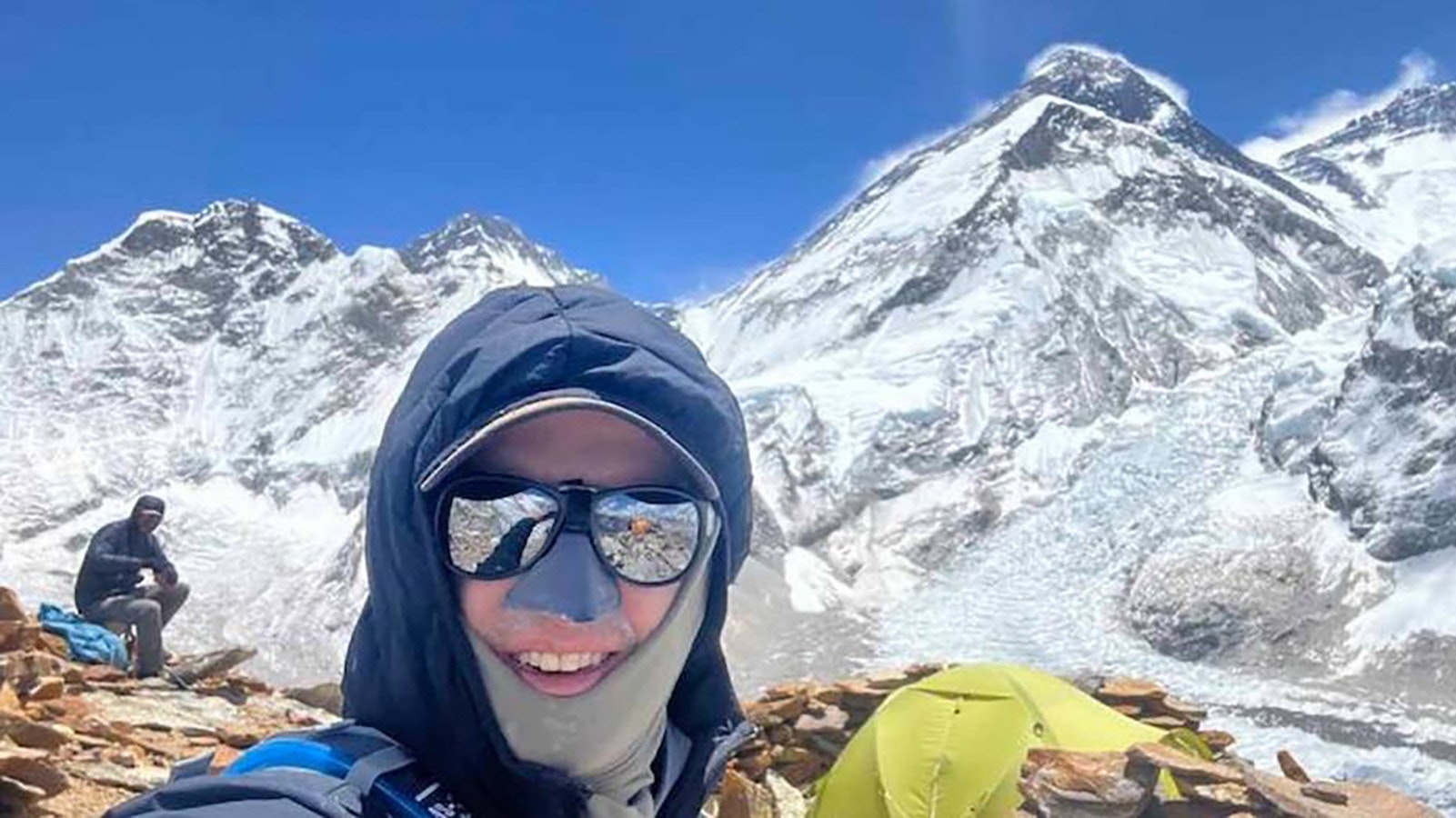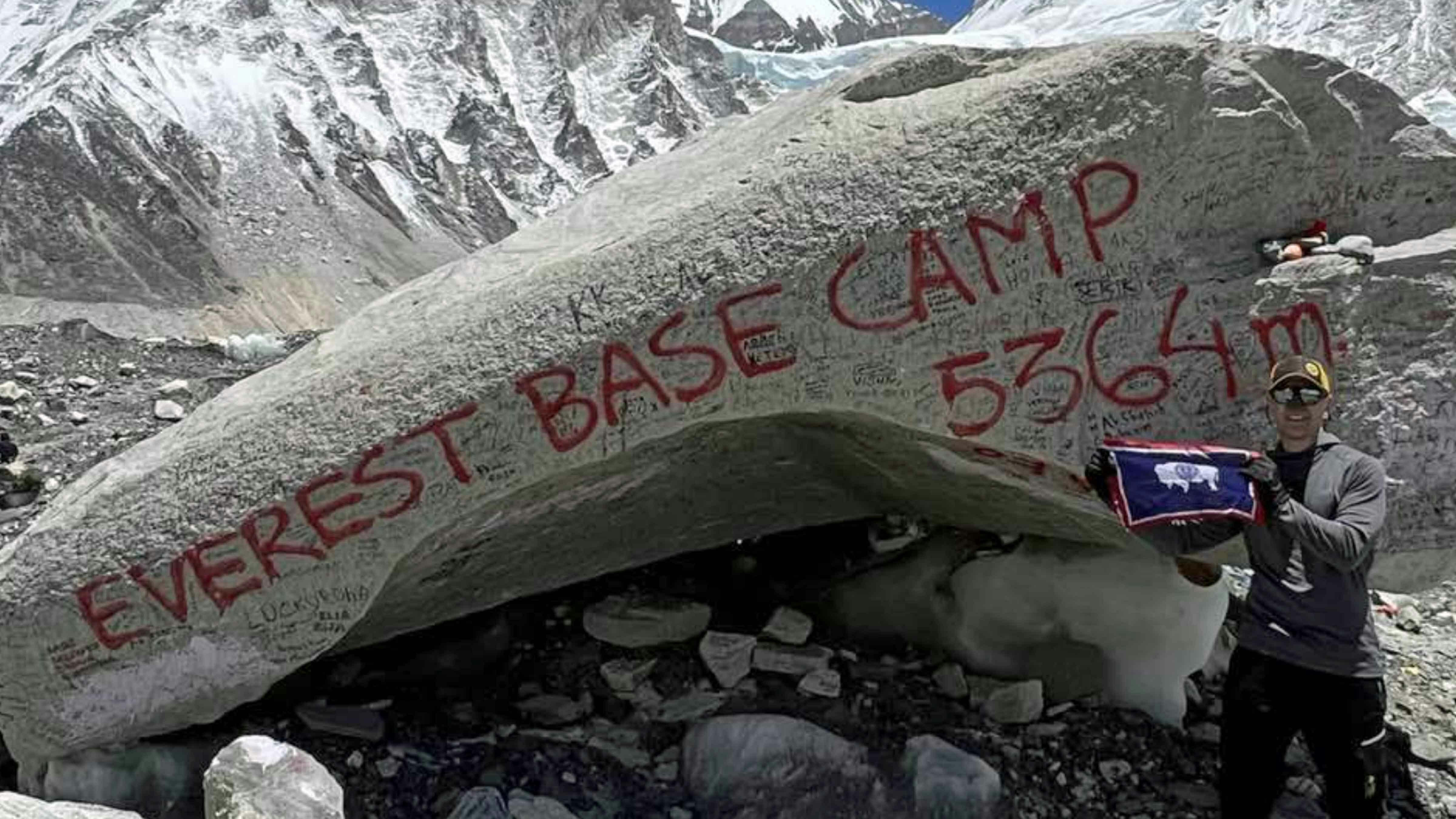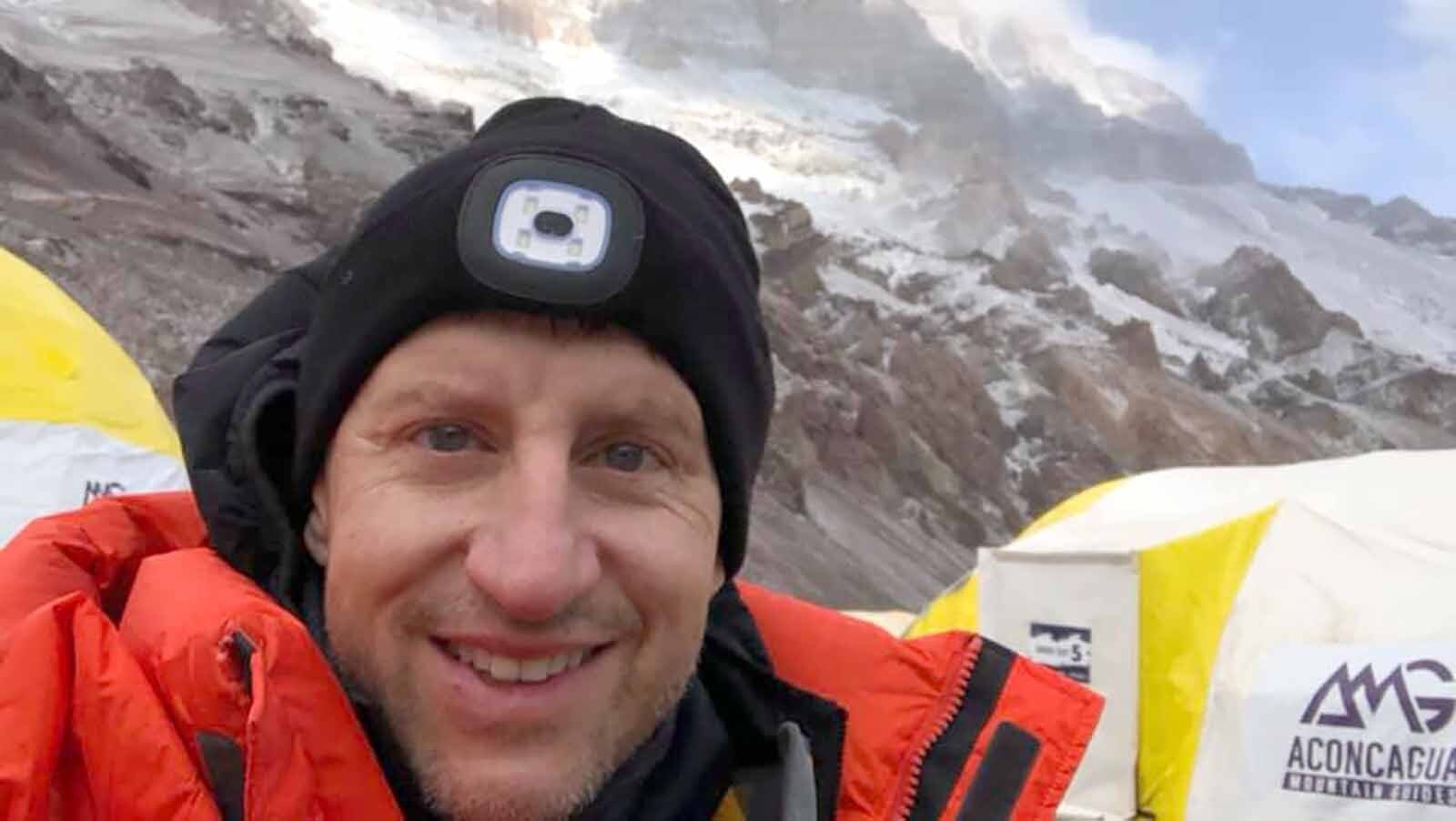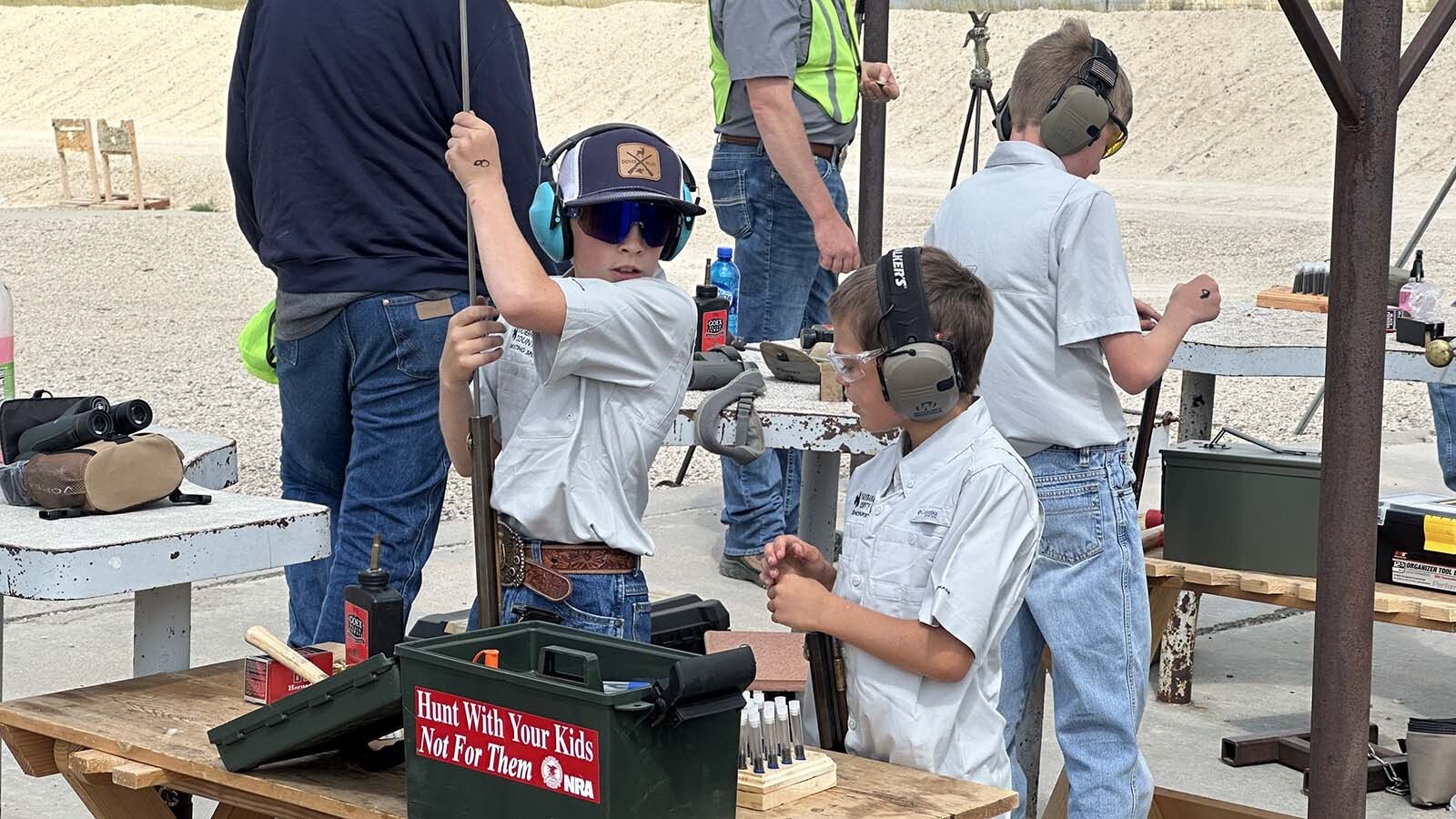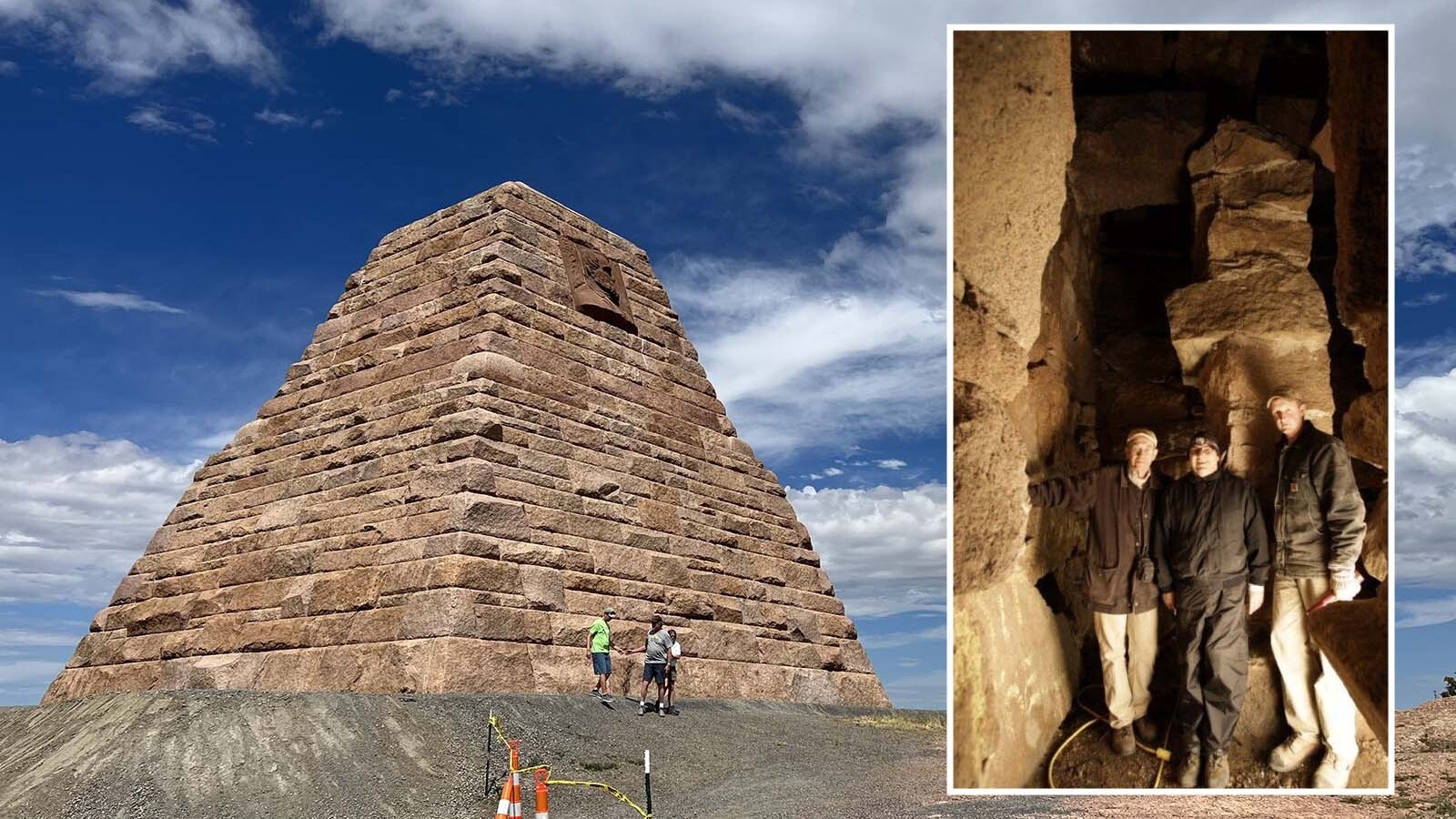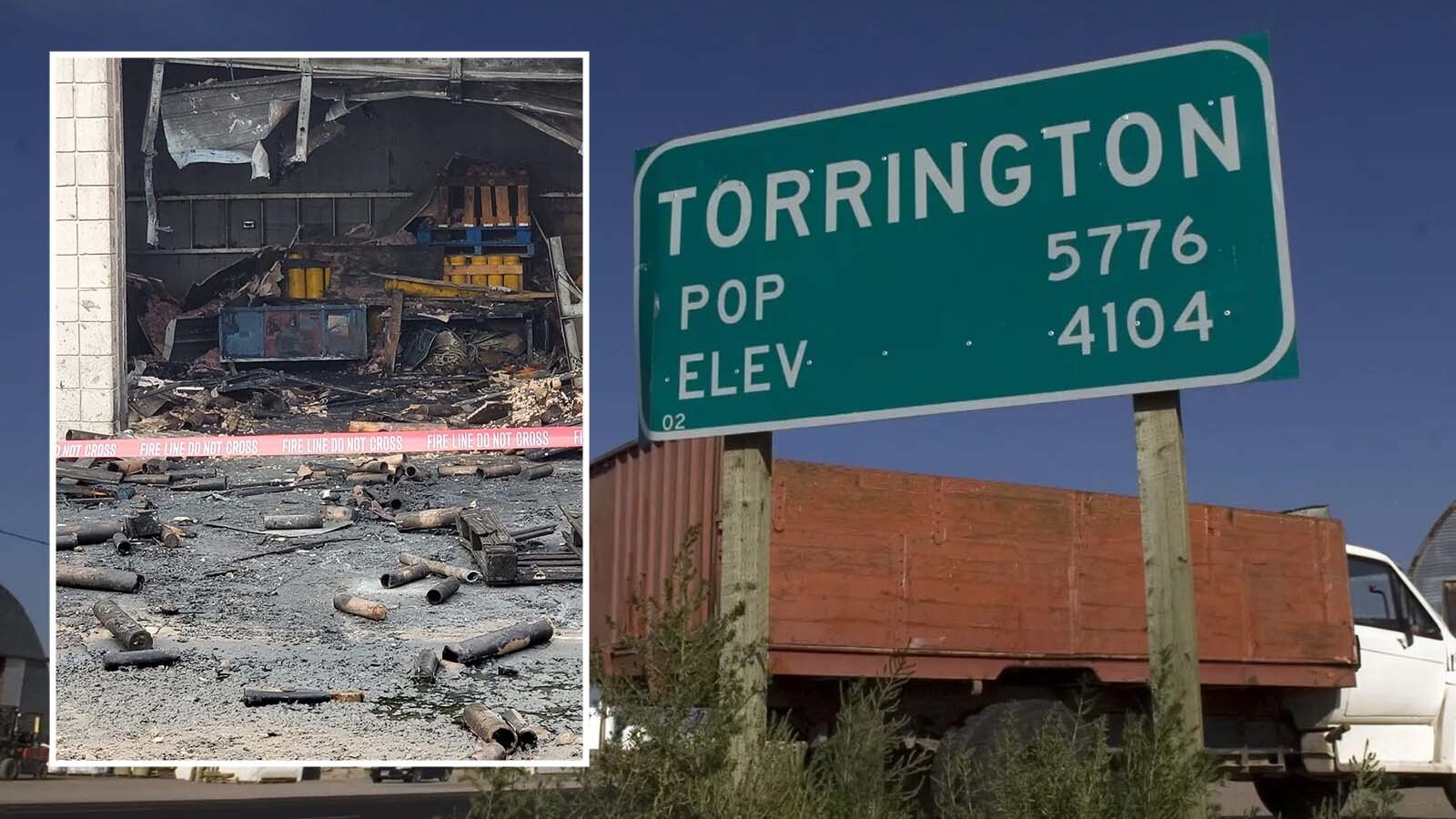Dr. Joe McGinley is only 29,031 feet from achieving a bucket-list goal he’s been chasing for years — summiting the tallest peak on each of the seven continents on the planet.
He reached the top of his sixth when he climbed to the top of Mount Vinson, the highest spot on Antarctica, in January. Now the only thing between the Casper mountaineer and sports medicine physician is the world’s tallest peak, Mount Everest.
Although only a few months removed from his Antarctica excursion, McGinley is wasting no time, leaving Sunday for his second attempt at Everest. He had to turn back as he neared his goal in May 2023 because of the unsafe conditions and crowded scene that had already led to many deaths that season.
If he succeeds this time, McGinley will join an exclusive fraternity of mountain climbers who have successfully conquered the seven summits on seven continents.
“I’m excited and ready to get over there and really looking forward to this climb,” he told Cowboy State Daily.
Changing It Up
This time, McGinley said he’ll try to avoid the crowded south face of Everest and the unsafe conditions he experienced on Mount Everest last May on the Nepal side of the peak.
He’s chosen to tackle the more technical — and potentially more stormy — northern face. That side of the mountain is governed by China which limits the number of climbers.
“You are more exposed on the north side. It’s a little more technical,” McGinley said. “There are tradeoffs on these decisions. We are trading off some of the challenges on the south side for more technical, weather and logistically more challenging (conditions) on the north side.”
To do the northern face, McGinley said he will fly to Katmandu in Nepal, then to Tibet, and from the airport in Tibet his group will be driven to base camp at 17,060 feet on the mountain. He will be part of a four-man team of climbers that will also have two Sherpa guides for each climber.
The Chinese Side
McGinley said China requires climbers to have conquered at least a 23,000-foot peak before allowing them to get on Everest. His climb of Mount Aconcagua in South America qualifies.
The climbing company he chose for the trip, Furtenbach Adventures, is based in Germany and specializes in “fast ascents” of the north face, which means he has to arrive physically able to start climbing from base camp at 17,060 feet to an advanced base camp at 20,997 feet, McGinley said.
He has been working with a company trainer as part of his preparations.
From advanced base camp there will be three more camps up the mountain that include challenging terrain such as a 40-foot vertical rock wall near the top that climbers must tackle on a fixed ladder.
McGinley said that section represents a key to success on the mountain and it will be important to ensure exact foot placement with boots that have crampons attached.
“You are 26,000 to 27,000 feet at that range, and it’s challenging because you have all of your gear on and you really don’t have that dexterity,” he said. “You are tired, you are oxygen deprived. It seems simple just climbing a ladder, but you have crampons on, you are tied into ropes — it is challenging. That is the crux of that climb right there, that ladder.”
McGinley said he has put his crampons on, set up a ladder in his yard and put on his “puffy gear” to practice just getting the crampons into the rungs. He said the key is to be methodical.
“It’s like anything else on these mountains, it’s one step at a time,” he said.
As far as other technical challenges on the mountain, McGinley said he has chosen not to do a lot of research because he does not want to be distracted by the challenges and what other people say about their experiences.
Focus A Key
McGinley also said that being a physician helps him with the focus needed for success as a mountaineer.
“You can correlate this to a lot of medical specialties where you have to be focused on every single detail and every detail matters,” he said. “I give some presentations at business meetings about this, and people ask why I do mountaineering. I see it as not only the journey of being there, it’s great mental training because it is a very good parallel to medicine. You can’t be distracted, you have to focus on the activity that is in front of you.”
After returning from his climb of Mount Vinson in Antarctica in January, McGinley said he has continued training and has worked with a trainer the from climbing company to ensure he arrives physically ready and rested.
His physical preparation has been a diverse mix of cardio, strength and endurance training, and he’s spent significant time on Casper Mountain on weekends.
“You can get cold weather training, snow and ice training, you can do multiple rotations,” he said. “I usually will do three rotations all the way up and above sweat rock, and back down so it is about 5 miles, and you get 2,025 to 2,500 feet of elevation gain for each lap, so if you do that three times that’s quite a bit.”
While the north side of Everest is known for weather extremes and cold, McGinley said he believes his experience in Antarctica has prepared him for those conditions.
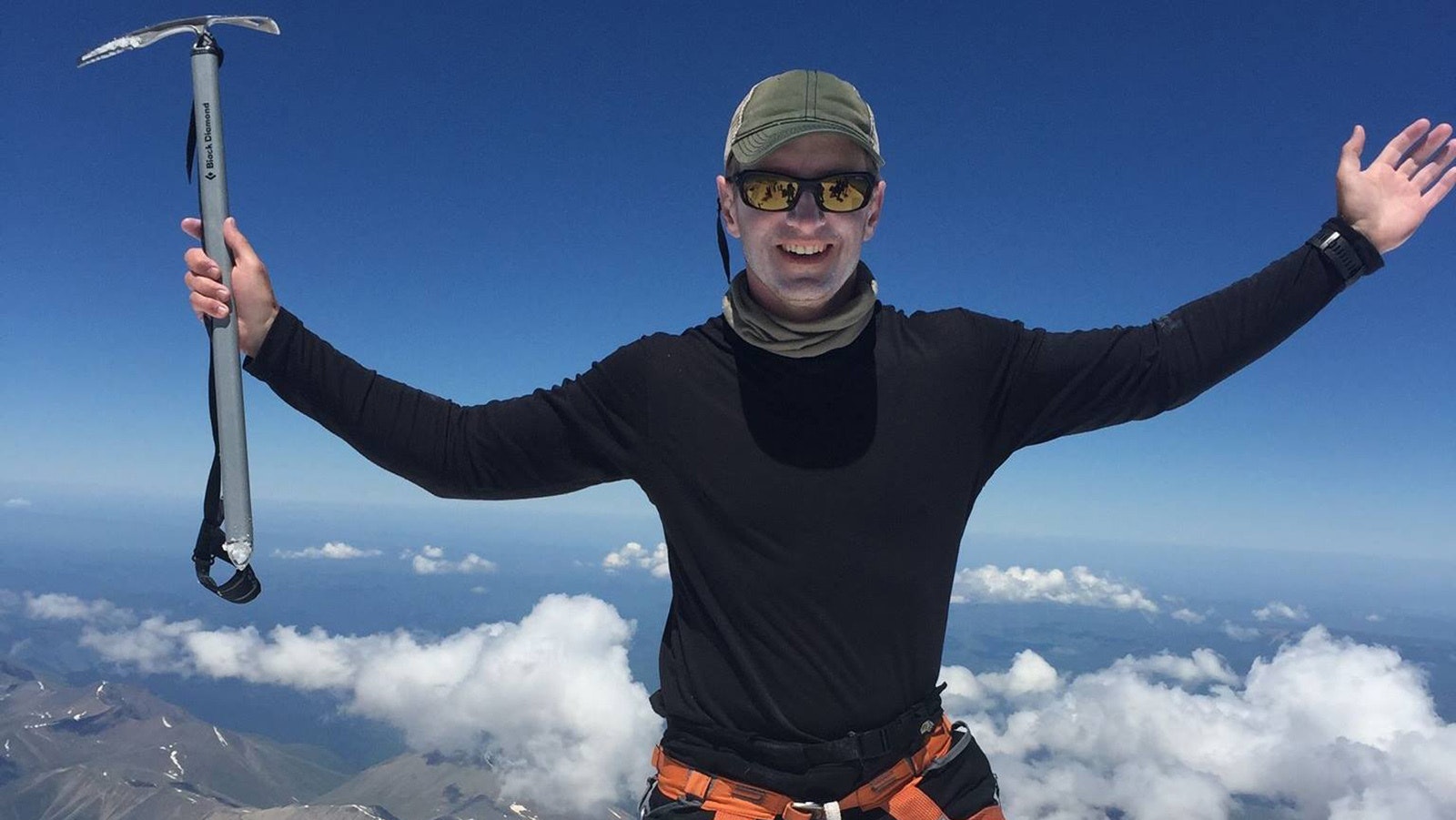
Altitude And Pressure
McGinley said he’s been training for the altitude by sleeping in a special tent that simulates the oxygen levels at various altitudes on the mountain, but one thing that he cannot train for is the atmospheric pressure at those altitudes.
“That affects the exchange of oxygen in our lungs, so we are getting used to oxygen scenarios in our tents as we are sleeping, but the atmospheric pressure is a different story,” he said. “We will have an acclimatization climb to get used to the pressure.”
The north side of Everest is famous in mountaineering circles for the death of British climber George Mallory in 1924 who, with his partner, disappeared on the northeast ridge of the mountain. He was last seen just 800 vertical feet from the summit.
No one knows whether the pair reached the top before they died. Mallory’s body was recovered from the mountain in 1999.
McGinley said communication with the Sherpa guides he will work with is essential for a safe climb on that same ridge, as well as being honest with his own body’s responses to the challenge — especially in the “death zone” of around 26,000 feet.
“This is going to be a highly technical climb … there is no guarantee. I am not willing to injure myself permanently or in a life-threatening manner to get to the top of any mountain,” he said. “For me, I am going to be reasonable about it and listen to the Sherpas and use their judgment. They have the weather reports, they have the experience.”
Descent Challenging
While attaining the summit is the goal and achievement, McGinley said the descent can sometimes be more challenging. The plan calls for about a 10-hour push from the last high camp in the death zone to the summit, and then back to safety.
“On the way down, we won’t stay at that high camp, we will push through it,” he said. “We will try and get that advanced base camp. So, it’s going to be a long, grueling day, but that is the safest approach.”
In his quest to get the seven summits, in addition to Antarctica’s Mount Vinson, McGinley has conquered Kilimanjaro in Africa, Mount Elbrus in Europe, Denali in North America, Mount Aconcagua in South America and the Carstensz Pyramid in Indonesia.
McGinley said he plans to be back in Casper in the middle of May, but the mountain may change that.
“We know there is the possibility we can get stuck there and travel can be a little inconsistent, but right now my flights are booked to have me back home on May 14,” he said.
For the first time, McGinley has allowed one of his seven summit climbs to include sponsors. At the summit, he hopes to plant a Wyoming flag, one for his clinic, and those for the sponsors.
Dale Killingbeck can be reached at dale@cowboystatedaily.com.

